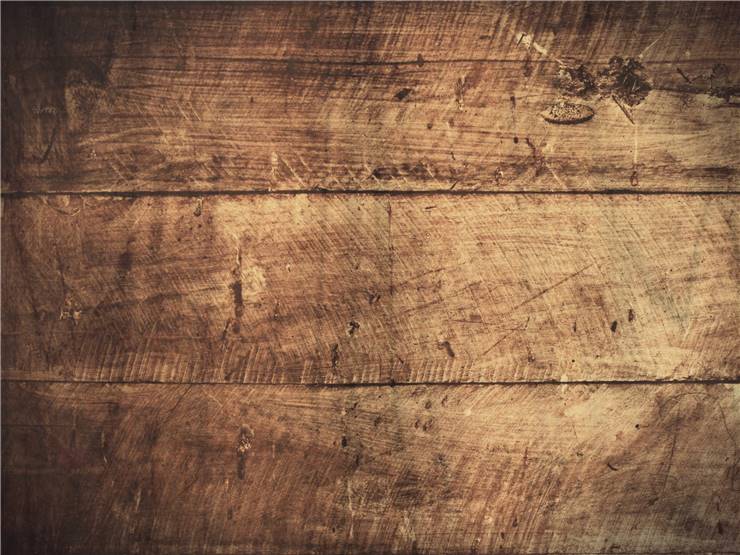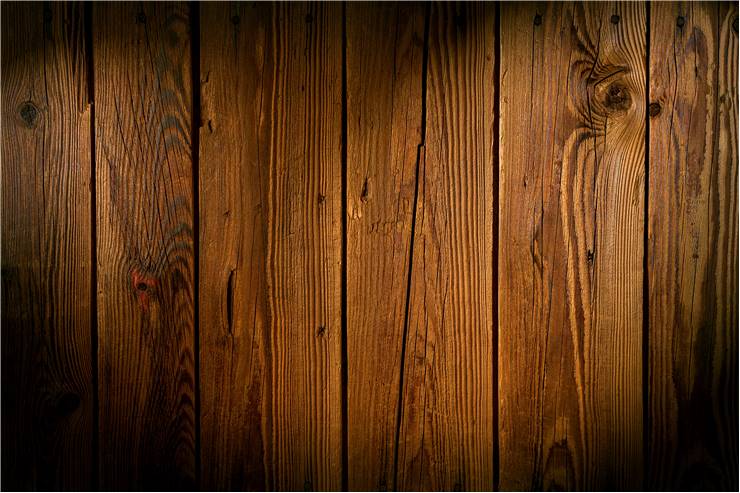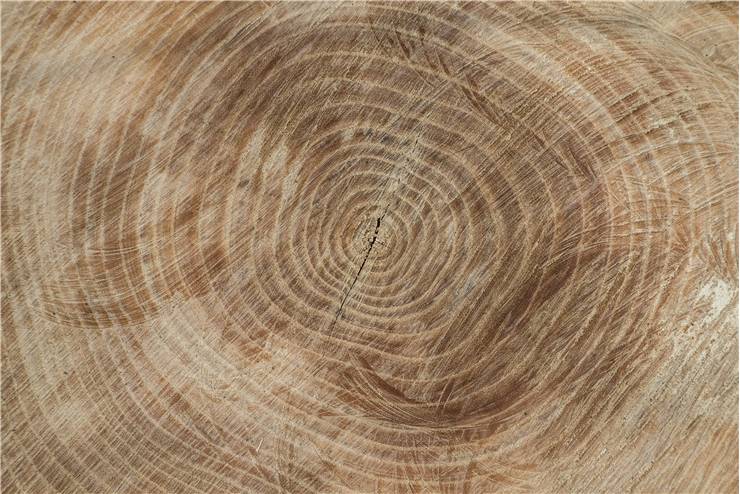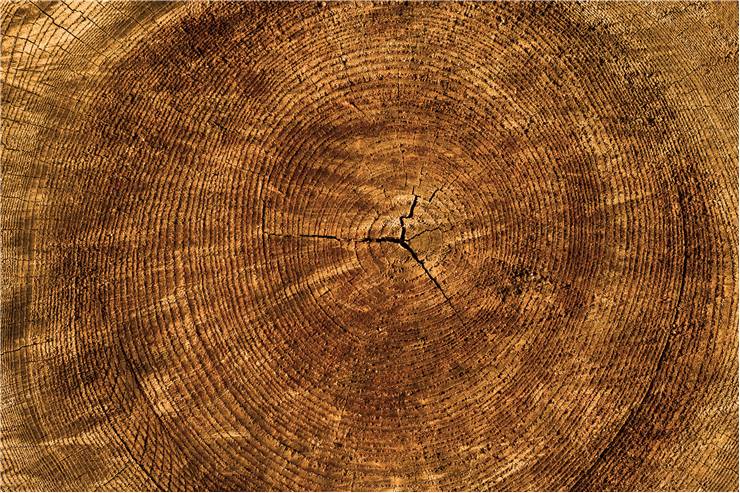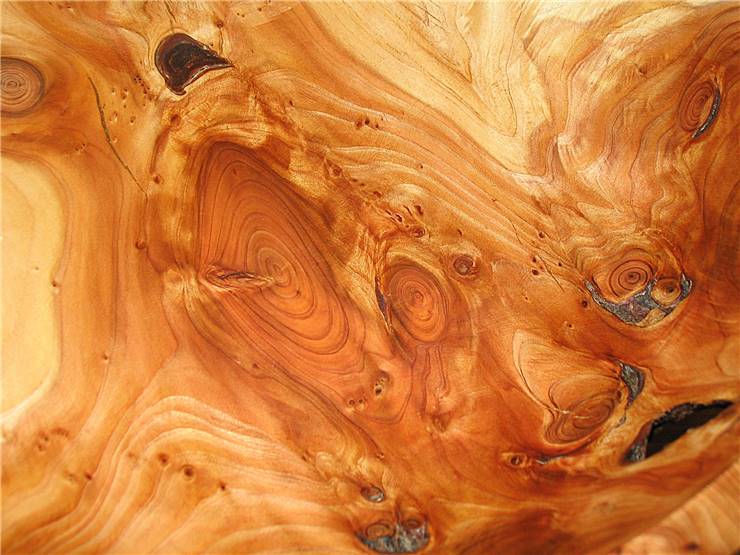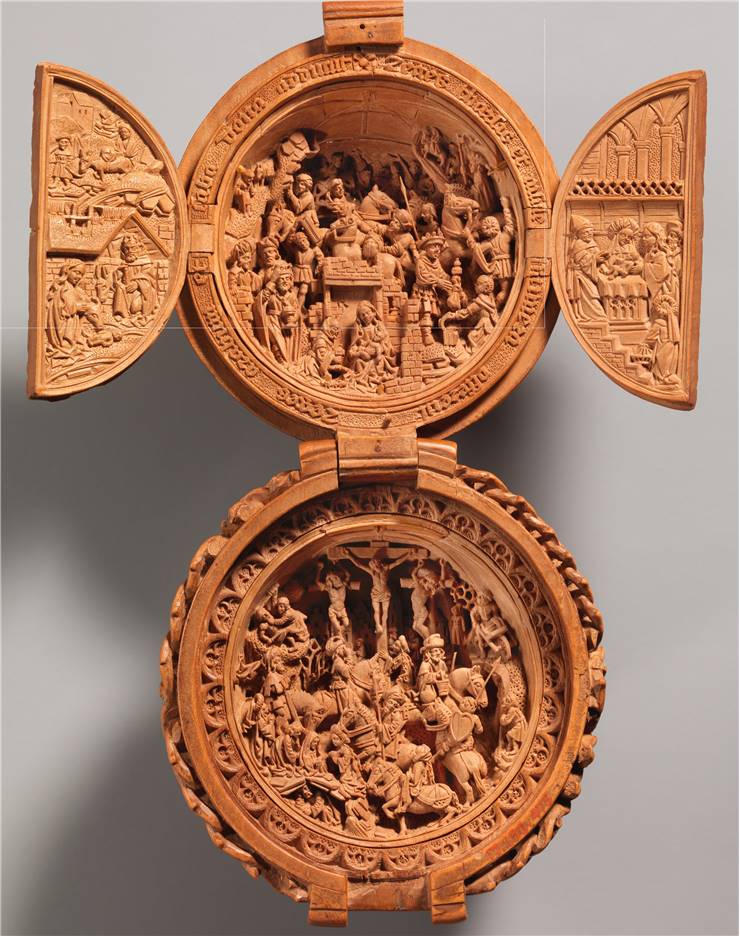Guide for Wood Types, Characteristics and Lumber Identification
Wood is a fibrous and porous structural tissue of wood trees and other woody plants. This organic material made from natural cellulose fibers is found in their roots and stems, growing upward to the tops of their canopy. The main physical characteristic of wood fibers is their strong tension created both by their natural strength and the way the fibers are embedded in a matrix that effectively resists compression. Wood plays an essential supporting role in a living tree – it enables all woody plants to have a strong structure to grow and reach more sunlight than surrounding plant life, elevating their fruit from the easy reach of animals. Also, it conveys nutrients and water between the roots and canopy.
Wood covers the secondary xylem of the stems of trees and can also include many other types of plant tissues with very similar structures and comparable properties (including the roots or others) or even engineered material from wood, wood chips, or fiber.
Even before the creation of the earliest human civilizations, wood was extensively used by our ancestors as a fuel for fire, as construction material, for making tools, furniture, and weapons, and as a source from which other useful form factors (paper) or chemical compounds could be extracted (such as purified cellulose, cellphone, and others).
Today, wood is used worldwide as one of the most popular carbon-neutral renewable resources used in many industries, most notably in the building construction and furniture industry. The experts reported that out of 434 billion cubic meters of worldwide forests, up to 47% are currently being exploited commercially.
Wood Database - Hardwood and Softwood Identification Guide
Wood types are incredibly versatile and diverse, enabling them to be used for many different purposes. The data presented here is intended to help you better understand the properties of wood. This includes wood characteristics insights, which will enable you to understand better the specific properties of each species of wood, its benefits, eventual problems, and how they can be used for particular jobs. The database also contains detailed descriptions of hardwood and softwood types, including an identification guide of wood properties that can help you discover and choose the perfect wood structure and texture required for furniture, decoration, decking, and other objects made from wood.
Types of Wood
Wood is an incredibly versatile build material, and thousands of variations in its internal structure, tree species, and processing can lead to the different characteristics of the finished products. While many woodworkers focus on things like tension, weight, durability, and ease of use, others are much more interested in extracting from the wood things like its warmth and shine, matching the beauty of the wood grain and weave to the surrounding décor.
The most common way all woods are differentiated is the classification of hardwoods and softwoods. The wood from confiner-type trees (such as Pine) is called softwoods, while the woods from usually broad-leaved dicotyledons (such as oak) are called hardwoods. The actual hardness can vary between them, leading to hardwoods with very soft wood structures and softwoods with very hard, strong, and durable.
Hardwood
Hardwood trees are usually regarded as premium types of wood. They come from trees that, most of the time, have prolonged growth and very dense cellulose fiber structure. While the wood harvested from the hardwood trees is usually tough to be processed due to its hardness, the finished products can withstand time and outdoor elements much better than those created from less durable softwoods.
Hardwood is usually visually characterized by the darker color, making it much more expensive than other types of wood. They also often have very strong wood density, which is closely connected with the particular species of tree that yielded it. The densest type of hardwood is African black ironwood (Olea capensis).
Types of Hardwood
While the most famous (and most expensive) type of hardwood is mahogany, other types are also very well represented on the worldwide market, including:
- Oak - The staple of the woodworking industry. The reliable hardwood can be used for almost any application, both indoors and outdoors.
- Maple - High-quality hardwood that can elevate the visual impact of any room. They are used extensively for both furniture and high-end objects.
- Basswood - Hardwood of great acoustic quality, commonly found in musical instruments, carvings, and lumber products.
- Ipe Wood - Ipe is known for its durability, which is why it can today be found in flooring, paneling, and objects that must endure a lot of usages (door handles, tool handles, and others).
- Cherry wood – Chery hardwood is excellent for construction, flooring, furniture, and creating smaller, durable objects and specialty wood items.
- Olive wood – Cream or yellowish-brown olive wood is used today to create high-end and stylish furniture, art objects, and expensive small specialty wood items.
- Wenge wood – Black stripes that flow across the medium brown, yellowish and reddish hues of wenge are praised for their acoustic properties in musical instruments. Still, this hardwood is also used in furniture, paneling, veneer, and turned objects.
- Walnut wood – Wood from wide varieties of walnut trees can be used to create a wide array of products, including furniture, paneling, and small turned objects.
- Teak - Golden or medium brown hardwood of Teak is praised worldwide for its excellent durability, strength, and visual appeal. Also used in indoor and outdoor applications, it is regularly used in boatbuilding.
- Cocobolo – An incredibly diverse variety of Cocobolo hardwood (including orange, yellow, red, and brown shades) has found popularity worldwide in musical instruments, fine furniture, and small specialty items. The worldwide supply of Cocobolo is currently very limited.
- Curly Maple - Moderately-priced maple hardwood is durable and versatile, enabling it to be regularly used for flooring, furniture, musical instruments, and an incredible variety of wooden objects.
- Rosewood – Dark and visually rich hardwood of rosewood is famous for its top-of-the-line decay resilience, making it the perfect material for building high-end furniture, flooring, musical instruments, and turned objects. Rosewood is very expensive, and several South American governments closely regulate its trade.
- Sapele – This famous tropical African hardwood with golden to dark reddish-brown hues was regularly used in boatbuilding, flooring, furniture, and the creation of musical instruments. Still, in recent years its trade was severely limited due to overexploitation.
- Teak – Teak is one of the most popular sources of highly-durable and versatile hardwood in the modern woodworking and processing industry. Originally found in Asia, today, plantations of teak can be found across tropical regions of Africa, Asia, and Latin America.
- Mango wood – Famous moderately-durable hardwood tree of Tropical Asia and Oceania is a traditional source of wood for Hawaiian and Pacific ukuleles, furniture, and turning objects.
- Mahogany – The undisputed king of hardwoods. Its incredible visual appeal and strong properties have made it a highly sought-after source for creating high-end furniture, fine instruments, art objects, and other specialty wood items.
Softwood
Softwood trees (any three that are producing not leaves, but cones) are regarded to produce mid and low-tier quality wood that can be used for the creation of wooden objects and furniture with several limitations regarding their durability, strength, and endurance of the final product. While the hardness can vary from very soft to hard, most softwoods indeed feature lower density internal structure, making them light and easy to process.
Visually, softwood trees have an internal structure that is paler than hardwoods. Since the worldwide market has placed great attention on darker wood types, this often paints softwood products ‘inferior’ to hardwood.
Types of Softwood
While softwoods can be used in construction, furniture manufacture, and more, one of the largest use case scenarios is in producing manufactured wood – chipboard, fiberboard, and plywood.
Here are the most popular types of softwood:
- Pine – Pines come in various densities and strengths, making them suitable for creating an incredible variety of indoor and outdoor objects, including construction, wood pulp production, ornamental uses, etc.
- Spruce - It is one of the most commonly evergreen trees in the Pinaceae family, known for its timber versatility. Since it lacks durability against insect attacks, wooden objects made from spruce wood are extensively used only indoors.
- Cedar – Cedars are the most common softwoods in the mountainous regions of the Mediterranean and Himalayas. They are used to create objects (such as chests) that are durable against insects and moths. They are also used for the production of unique cedar wood shoes.
- Fir – Evergreen Fir trees can grow to the impressive 80m in height, making their softwood highly sought after for manufacturing industrial timber, pulp, and plywood. Similarly, like many other softwood trees, Fir wood has very poor insect resistance, making it usable only in indoor environments.
- Larch – Native to colder parts of the northern hemisphere and one of the most commonly evergreen trees of Siberia and Canada, the wood of these trees is widely praised for its durability, strength, and waterproofing, which make it excellent for the production of outdoor furniture, support beams, boatbuilding, and both indoor and outdoor flooring and paneling.
- Western hemlock – Originating from western Alaska, the timber of this large evergreen coniferous tree is often used to create pallets, boxes, plywood, and other construction objects.
- Yew – Yew is a type of softwood with strong density and often strong rot resistance, making it suitable for producing a wide variety of wooden objects, including furniture, cabinets, musical instruments, turned objects, and archery bows.
